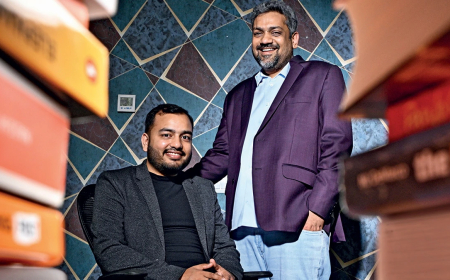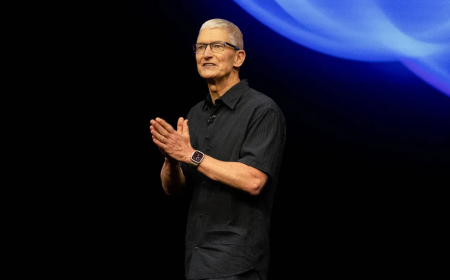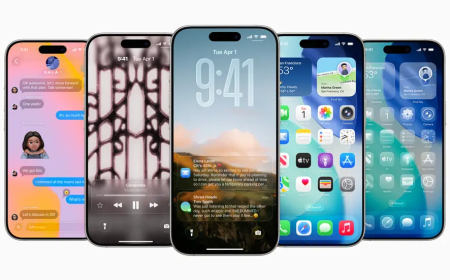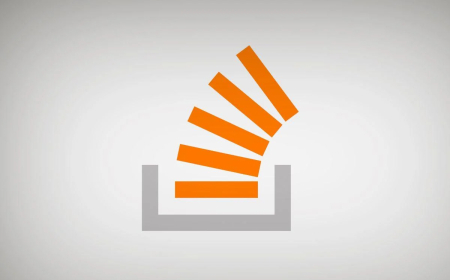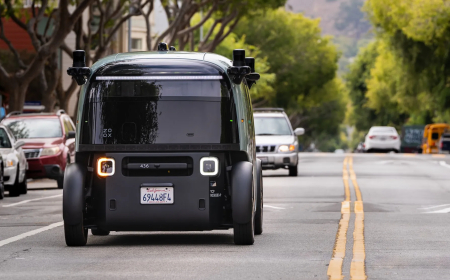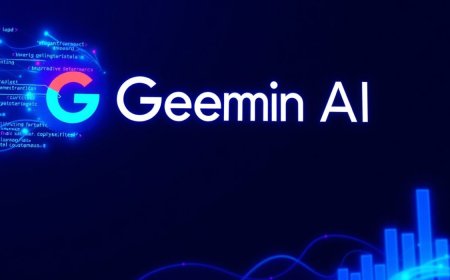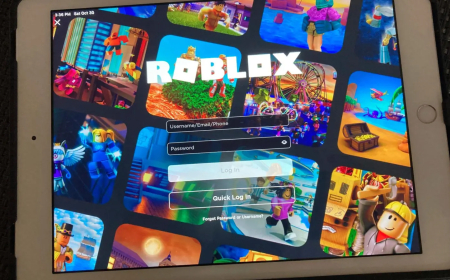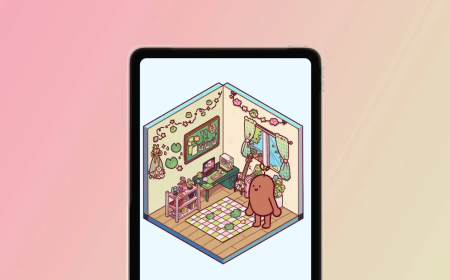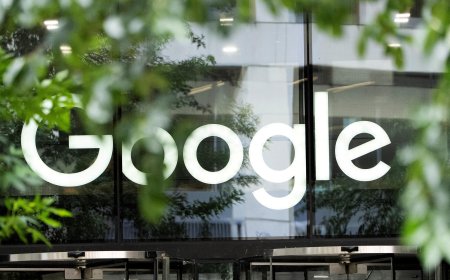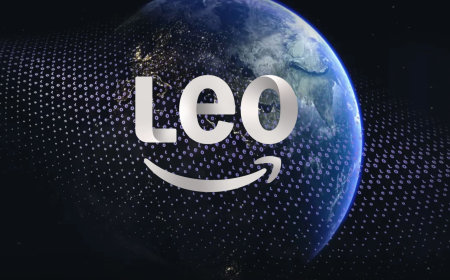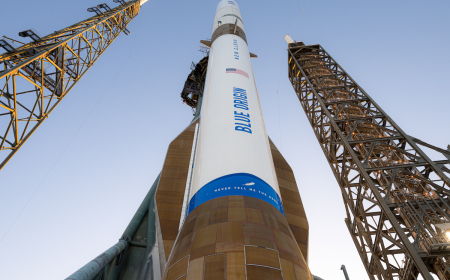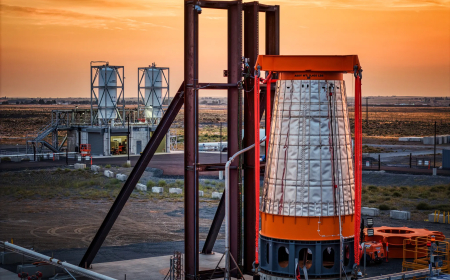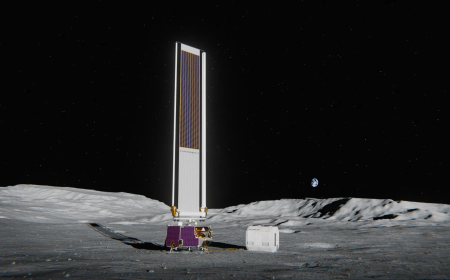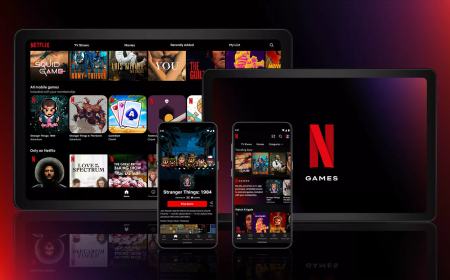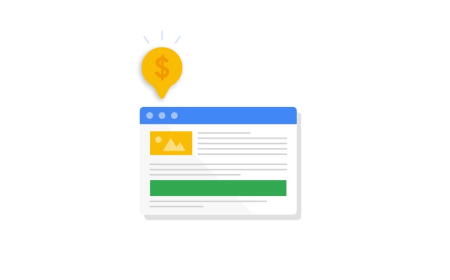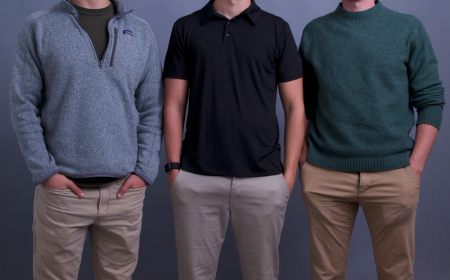ChatGPT Launches Pilot Group Chats Across Japan, New Zealand, South Korea, and Taiwan
OpenAI launches ChatGPT group chats in Japan, South Korea, Taiwan, and New Zealand, expanding collaboration and social interaction features.

OpenAI introduced a new group chat feature for ChatGPT on Thursday, marking another significant step in the chatbot’s evolution. The feature, currently being tested in select regions including Japan, New Zealand, South Korea, and Taiwan, allows users to collaborate directly within the ChatGPT app.
The group chat functionality is available to users on all plans, including Free, Plus, and Team, on both mobile and web platforms. OpenAI says the pilot aims to explore how people use group conversations within ChatGPT to create more shared and interactive experiences.
Expanding ChatGPT’s Collaboration Tools
This announcement follows earlier reports that OpenAI had been testing a direct-message-style tool. The company describes this rollout as a “small first step” toward a broader vision of enabling shared, social interactions inside ChatGPT.
Early users will be invited to provide feedback, which OpenAI says will shape future updates as the feature expands to new regions and account types.
According to the company, private chats and personal ChatGPT memory remain entirely private. Group chats, however, are invitation-only, and members can leave at any time. Most participants can remove others, but the group’s creator can only leave voluntarily.
For users under 18, additional safeguards and parental controls are in place, with content filtering enabled by default.
How the New Group Chats Work
Starting a group chat is straightforward. Users can tap the people icon and add participants directly or share an invitation link. Groups can include up to 20 people. If a participant is added to an existing chat, ChatGPT automatically creates a new group, leaving the original conversation untouched.
Each group has its own profile, and chats are organised in a labelled sidebar for easy access. Functionality mirrors standard ChatGPT conversations — except that multiple people can join in simultaneously now.
The feature is powered by GPT-5.1 Auto, which supports search, image generation, file uploads, and dictation. Importantly, usage limits only apply to ChatGPT’s responses — messages exchanged between human participants do not count toward those limits.
ChatGPT’s Social Upgrade
ChatGPT has also gained new social interaction abilities for this mode, including recognising when to join a conversation or remain silent. Users can tag @ChatGPT to request a response, and the assistant can now react with emojis or generate personalised images based on participants’ profile photos.
This update marks another milestone in OpenAI’s ongoing effort to turn ChatGPT into a collaborative platform, blending AI assistance with real-time social communication.
In late September, OpenAI launched Sora 2, a standalone social app that allows users to share AI-generated videos in a TikTok-style feed, complete with algorithmic recommendations, parental controls, and direct messaging features.
Together, these releases underscore OpenAI’s gradual move beyond text-based assistance toward a broader vision of AI-powered social interactivity.
What's Your Reaction?
 Like
0
Like
0
 Dislike
0
Dislike
0
 Love
0
Love
0
 Funny
0
Funny
0
 Angry
0
Angry
0
 Sad
0
Sad
0
 Wow
0
Wow
0
